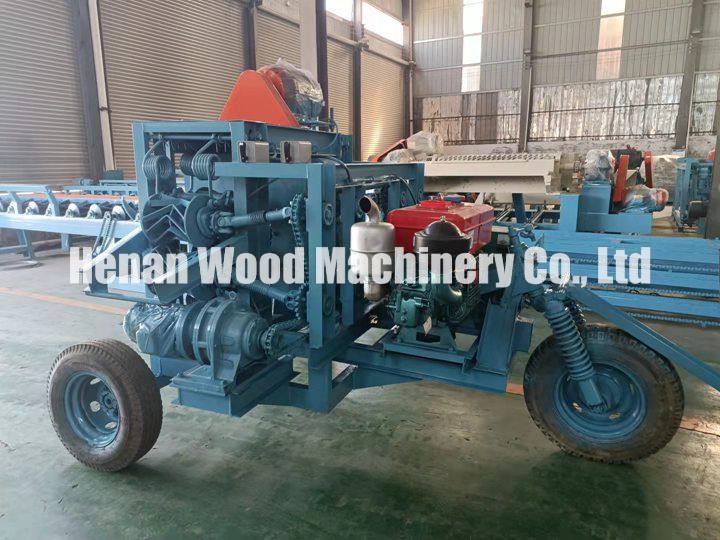Factors of affecting the efficiency of wood flaking machine
Some processing plants with high requirements for wood chips will peel the wood before crushing the wood. When the wood flaking machine is not in the ideal state, the subsequent processing will be affected. In order to further improve the efficiency of wood debarking, some factors must be overcome. What are the factors that affect the efficiency of wood debarking equipment? The editor has simply compiled the following content, let’s take a look.

First of all, the moisture of the wood. Fresh wood is easier to peel and has a higher rate of peeling. In general, we recommend processing the wood that is just cut down. After a few days, especially if the surface is dry, it is much more difficult to debark them. In addition, the season also has an impact on the wood peeling rate, which is 95% in summer and 80% in winter.
Second, the smoothness of the wood. If there are many knots or branches on the wood, it will affect the normal operation of the blades inside the wood flaking machine, and the bark under the knots will not be cleaned. This will also affect the efficiency of the wood peeler.
Third, the wood bending. If the wood is too bent, it will affect the working efficiency of the peeling machine. Since the machine utilizes the force generated by the rotor with blades, the wood segments move stably in the machine, thus achieving an effective stripping effect. If the wood is highly curved, the wood cannot separate the bark because it cannot make contact with the breaking teeth.
Fourth, the type of wood. Different types of wood have different peeling efficiencies, and the blade rotation speed of the wood peeling machine can be adjusted according to the type of wood, so the crushing efficiency is also different.
The last one is the power of the wood flaking machine. The larger the model of the machine, the greater the power and the higher the peeling efficiency.
